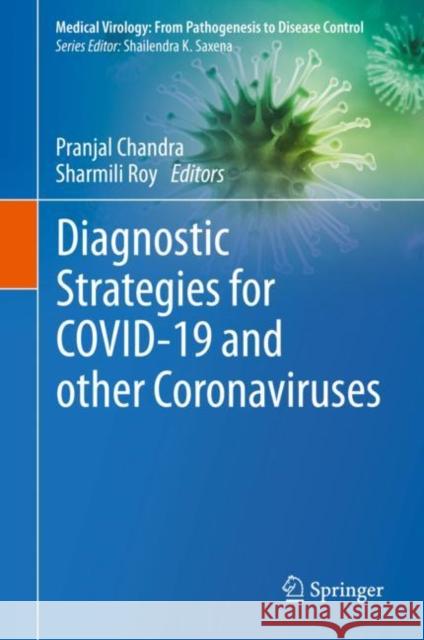Diagnostic Strategies for Covid-19 and Other Coronaviruses » książka
topmenu
Diagnostic Strategies for Covid-19 and Other Coronaviruses
ISBN-13: 9789811560057 / Angielski / Twarda / 2020 / 199 str.
Diagnostic Strategies for Covid-19 and Other Coronaviruses
ISBN-13: 9789811560057 / Angielski / Twarda / 2020 / 199 str.
cena 684,33
(netto: 651,74 VAT: 5%)
Najniższa cena z 30 dni: 655,41
(netto: 651,74 VAT: 5%)
Najniższa cena z 30 dni: 655,41
Termin realizacji zamówienia:
ok. 22 dni roboczych
Dostawa w 2026 r.
ok. 22 dni roboczych
Dostawa w 2026 r.
Darmowa dostawa!
Kategorie:
Kategorie BISAC:
Wydawca:
Springer
Seria wydawnicza:
Język:
Angielski
ISBN-13:
9789811560057
Rok wydania:
2020
Wydanie:
2020
Numer serii:
001090358
Ilość stron:
199
Waga:
0.45 kg
Wymiary:
23.88 x 19.56 x 1.27
Oprawa:
Twarda
Wolumenów:
01











